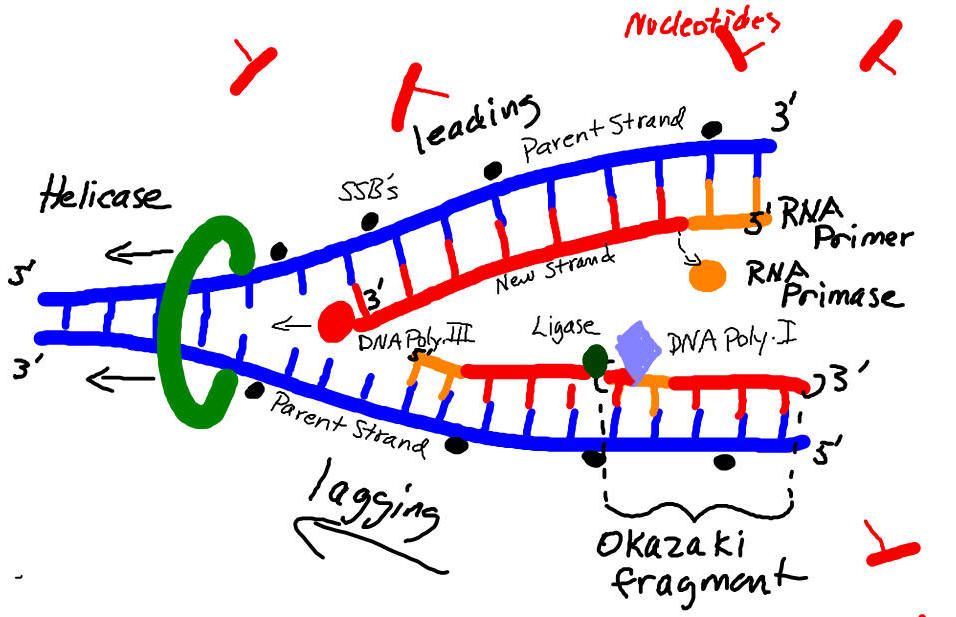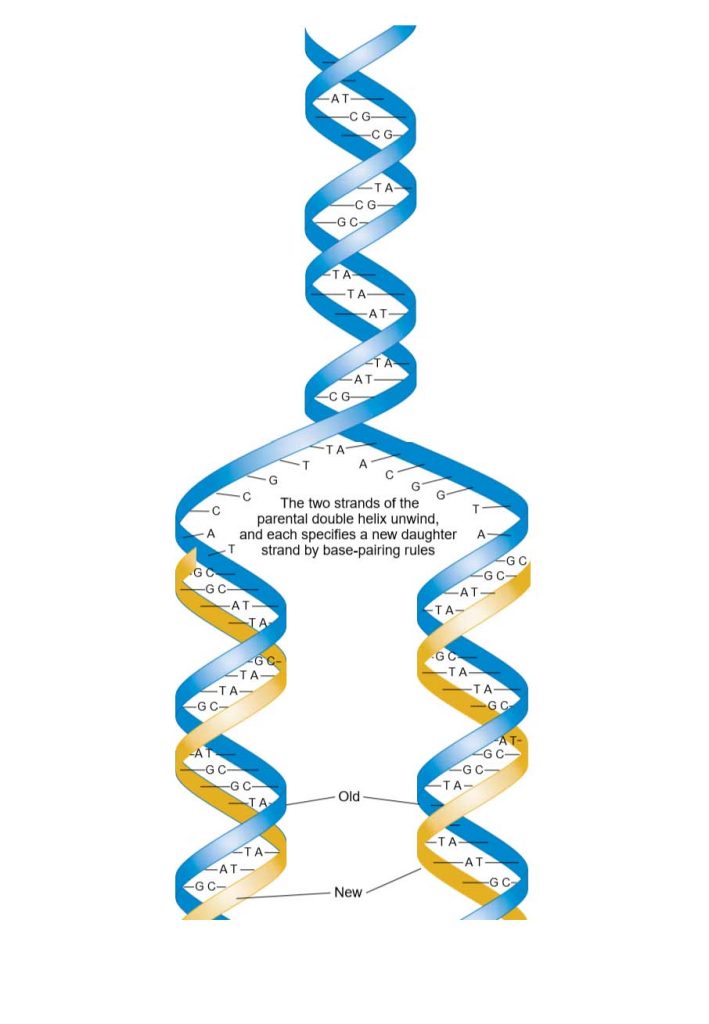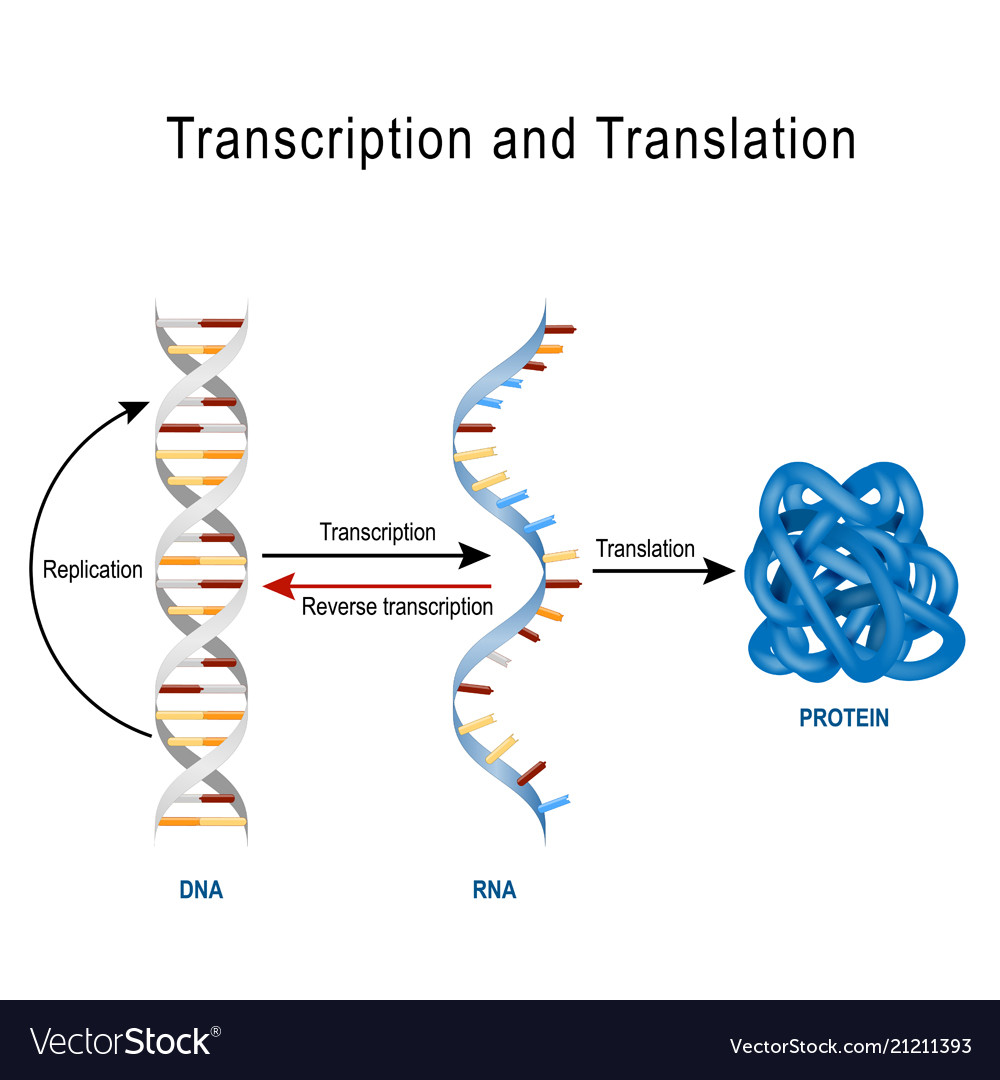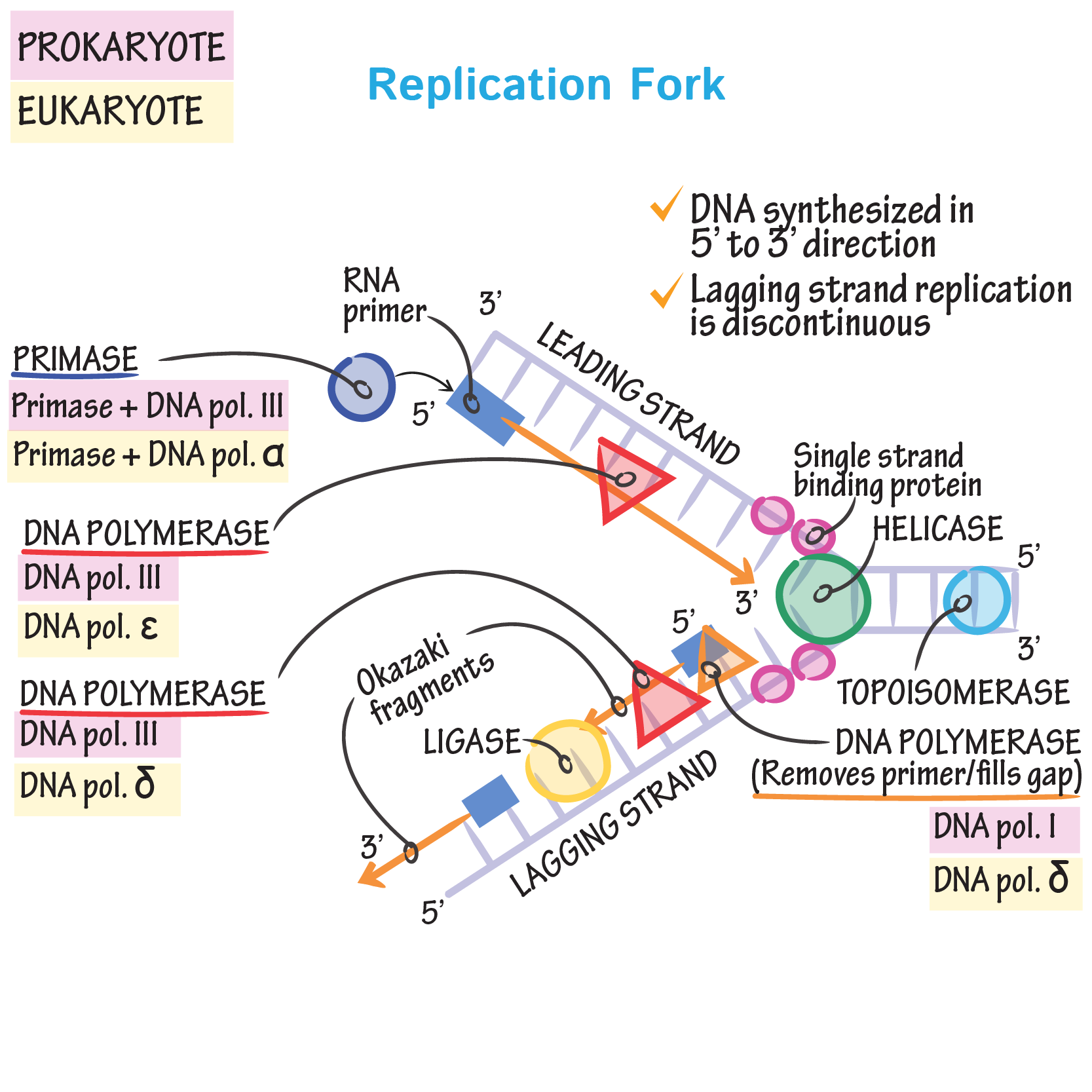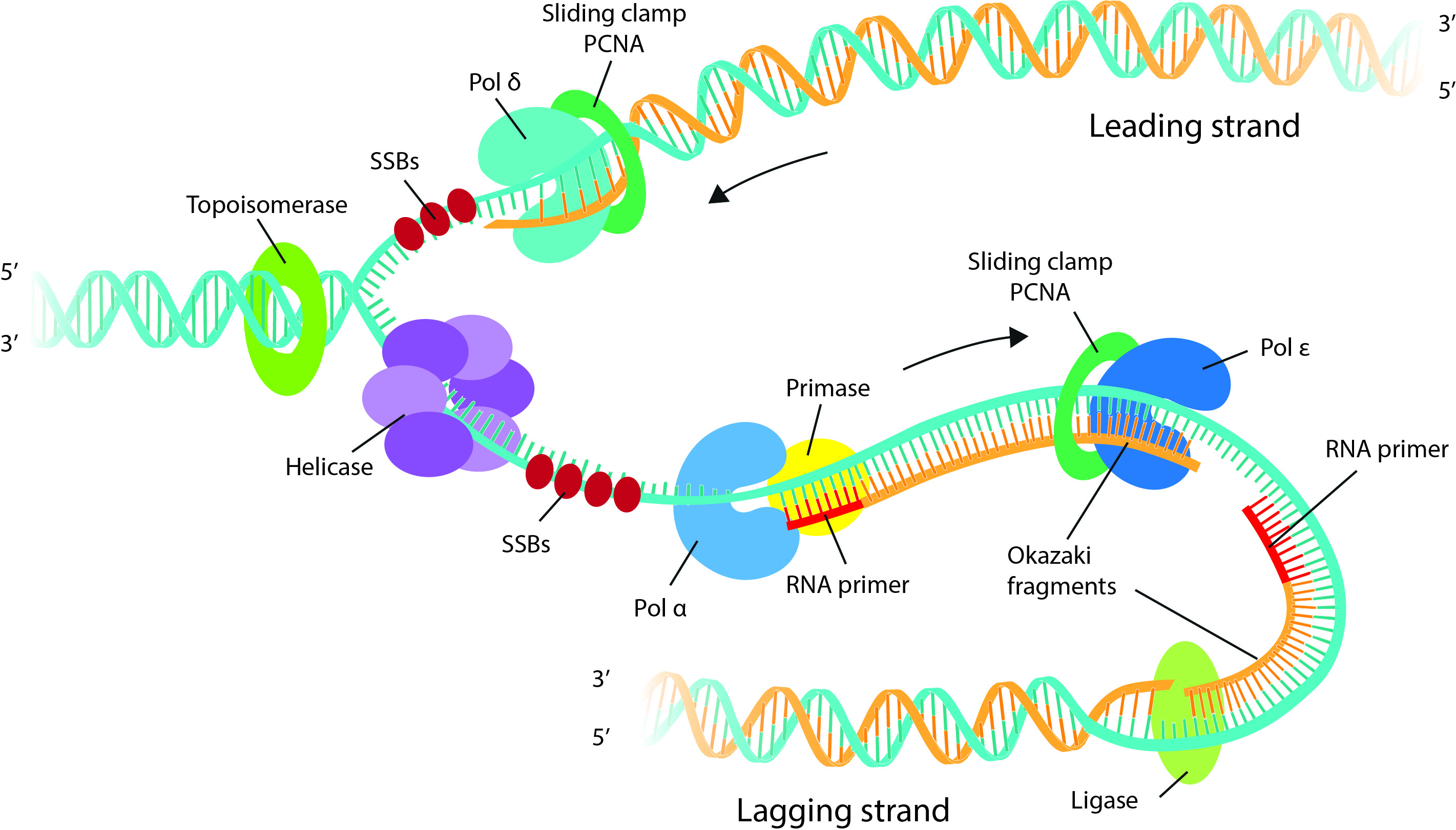Drawing Of Dna Replication
Drawing Of Dna Replication - In dna replication, you could get two completely different strands of dna than what you started with. Where one has a g, the other has a c; Each molecule consists of a strand from the original molecule and a newly formed strand. The double helix unwinds and each strand acts as a template for the construction of the new dna molecule. Web learn for free about math, art, computer programming, economics, physics, chemistry, biology, medicine, finance, history, and more. Because of which it is called the ‘blueprint of life’. Web this animation shows a schematic representation of the mechanism of dna replication. The new strand will be complementary to the parental or “old” strand. As we all know, dna is the genetic code that helps our cells to develop and reproduce in a planned way. These are dna sequences targeted by initiator proteins in e. This is the point where the replication originates. Each molecule consists of a strand from the original molecule and a newly formed strand. A replication unit is any chunk of dna that is capable of being replicated — e.g. A nucleotide, in turn, is made up of phosphate molecule, deoxyribose, and a nitrogenous base. Web some other proteins and enzymes, in addition the main ones above, are needed to keep dna replication running smoothly. Nucleotides that compose dna are called deoxyribonucleotides. Web as previously mentioned, the location at which a dna strand begins to unwind into two separate single strands is known as the origin of replication.as shown in figure 1, when the double helix. In this article, we shall discuss the structure of dna, the steps involved in dna replication (initiation, elongation and termination) and the clinical consequences that. Web during dna replication, each of the two strands that make up the double helix serves as a template from which new strands are copied. For example, say you had a portion of your genome. When two daughter dna copies are formed, they have the same sequence and are divided equally into the two daughter cells. Web learn for free about math, art, computer programming, economics, physics, chemistry, biology, medicine, finance, history, and more. This model made a lot of sense given the structure of the dna double helix, in which the two dna strands. Dna replication is a precise process where dna unwinds and splits into two strands. Web formation of replication fork step 2: On the leading strand, dna is synthesized continuously, whereas on the lagging strand, dna is. For the replication to begin there is a particular region called the origin of replication. Prior to replication, the dna uncoils and strands separate. In this article, we shall discuss the structure of dna, the steps involved in dna replication (initiation, elongation and termination) and the clinical consequences that. Dna replication’s primary purpose is to enable living organisms to reproduce. On the leading strand, dna is synthesized continuously, whereas on the lagging strand, dna is. And so forth) 2, 4 . The replication complex. For example, say you had a portion of your genome. A replication unit is any chunk of dna that is capable of being replicated — e.g. After breaking hydrogen bonds at the origin of replication, the dna double helix is progressively unzipped in both directions (i.e., by bidirectional replication).the. Web some other proteins and enzymes, in addition the main ones. Why is dna replication such an important process. Web before we jump into the process of replication, let us take a quick look at the structure of dna. On the leading strand, dna is synthesized continuously, whereas on the lagging strand, dna is. This model made a lot of sense given the structure of the dna double helix, in which. A plasmid with an origin of replication (ori) is a replication unit. After breaking hydrogen bonds at the origin of replication, the dna double helix is progressively unzipped in both directions (i.e., by bidirectional replication).the. Therefore, if the first strand starts at the 3′ end and finishes at the 5′ end, then the second strand must run opposite, starting at. Dna replication is a precise process where dna unwinds and splits into two strands. Web here, we will focus on dna replication as it takes place in the bacterium e. A nucleotide, in turn, is made up of phosphate molecule, deoxyribose, and a nitrogenous base. Why is dna replication such an important process. Thus, replication cannot initiate randomly at any. Dna replication’s primary purpose is to enable living organisms to reproduce. Where one has a g, the other has a c; Nucleotides that compose dna are called deoxyribonucleotides. The only way to replace the cells is to copy the cell’s. Why is dna replication such an important process. Web formation of replication fork step 2: One strand runs from 5′ to 3′ direction towards the replication fork and is referred to as leading strand and the other strand runs from 3′ to 5′ away from the replication fork and is referred to as lagging strands.; Each molecule consists of a strand from the original molecule and a newly. In dna replication, you could get two completely different strands of dna than what you started with. The double helix unwinds and each strand acts as a template for the construction of the new dna molecule. This imaginary polymerase that elongates the 5' end of the growing chain. Dna replication’s primary purpose is to enable living organisms to reproduce. Nucleotides. The building blocks of nucleic acids are nucleotides. These are dna sequences targeted by initiator proteins in e. Web learn for free about math, art, computer programming, economics, physics, chemistry, biology, medicine, finance, history, and more. On the leading strand, dna is synthesized continuously, whereas on the lagging strand, dna is. Figure 5.4.4 the two strands of nucleotides that make up dna run antiparallel to one another. As we all know, dna is the genetic code that helps our cells to develop and reproduce in a planned way. Web dna is a double helix structure comprised of nucleotides. Know the fundamental structure of dna and the process of dna replication in this tutorial. This is the point where the replication originates. Because of which it is called the ‘blueprint of life’. The double helix unwinds and each strand acts as a template for the construction of the new dna molecule. The replication complex is the group of proteins that help synthesize the new dna strands. Web learn for free about math, art, computer programming, economics, physics, chemistry, biology, medicine, finance, history, and more. A replication fork is formed by the opening of the origin of replication, and helicase separates the dna strands.an rna primer is synthesized, and is elongated by the dna polymerase. One strand runs from 5′ to 3′ direction towards the replication fork and is referred to as leading strand and the other strand runs from 3′ to 5′ away from the replication fork and is referred to as lagging strands.; In dna replication, you could get two completely different strands of dna than what you started with.Diagram Of Dna Biology Labelled Replication Label Digital Art By Images
Dna Replication Drawing at GetDrawings Free download
Dna Replication Drawing at Explore collection of
DNA Replication Study Solutions
DNA Replication — Steps & Diagram Expii
Dna Replication Diagram With Labels
Dna replication protein synthesis transcription Vector Image
DNA Replication Microbiology
Dna Replication Drawing at Explore collection of
DNA Replication Lagging Strand
A Plasmid With An Origin Of Replication (Ori) Is A Replication Unit.
For Example, Say You Had A Portion Of Your Genome.
For The Replication To Begin There Is A Particular Region Called The Origin Of Replication.
After Breaking Hydrogen Bonds At The Origin Of Replication, The Dna Double Helix Is Progressively Unzipped In Both Directions (I.e., By Bidirectional Replication).The.
Related Post:


